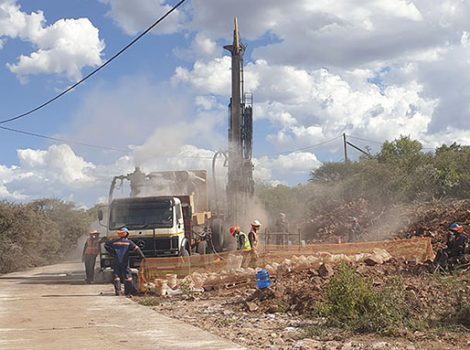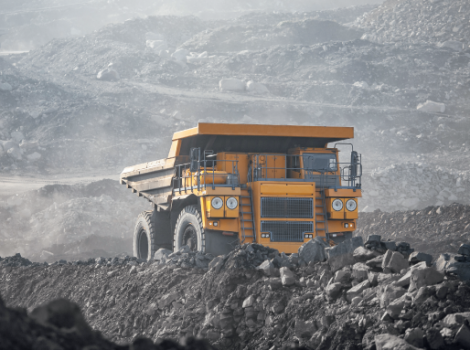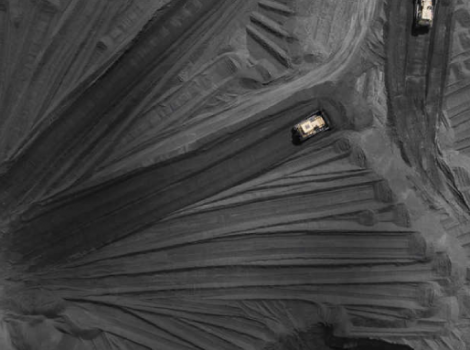
5 February 2024
Botala Energy Ltd (ASX:BTE)has started core testing from the Serowe-3.4 well at Project Pitse in Botswana, with the analysis program to form part of the desorption testing program over the three coal seams.
Botala is exploring and developing the production of coal bed methane (CBM) from its 70%-owned Serowe CBM Project in a high-grade CBM region of Botswana. The remaining 30% is owned by joint venture partner Pure Hydrogen Corporation Ltd.
As operator, Botala is focused on developing the Serowe CBM Project and related early-stage renewable energy opportunities driven by the demand for reliable and affordable energy in Botswana and neighbouring countries.
Commercial pilot program
The core testing program, which forms part of a commercial pilot program, is designed to test the desorption of methane gas from the coals over three testing periods, with results to be a critical component for future resource certification updates.
Cores extracted from the primary Serowe seam target are under preliminary examination in the field laboratory. Initial tests to measure gas desorption have been conducted over 24 hours to evaluate the immediate gas release. A total of 27 samples, with nine from each of the three seams, will be assessed.
The drilling operations for the remaining seams are in progress.
“It’s great to be back up and running this year and steadily working our way to commissioning Project Pitse, improving our resource estimates plus understanding the coal seams locally at the project site and more broadly across the huge acreage position,” Botala CEO Kris Martinick said.
Testing objectives
The primary objective of the coring and desorption procedures is to gather geological data and ascertain the gas content via direct desorption techniques.
Core data is essential for aligning with logs and additional analyses of the wellbore, playing a pivotal role in improving the field’s reserves and resource estimation. Cores are obtained from specific depth intervals using standard HQ (61.1mm) core barrels designed for conventional retrieval.
Gas content, representing the volume of gas per unit mass of coal, is measured employing the direct gas desorption method, as specified in the Australian Standard for determining desorbable gas in coal seams – Direct method (AS 3980-2016).
The gas desorption process unfolds in three stages:
- Stage 1, Q1 (lost gas) – Captured within the initial 20 minutes.
- Stage 2, Q2 (Desorbable gas) – A prolonged desorption phase lasting up to four months.
- Stage 3, Q3 (Crushed gas).
The aggregate gas content (QT) is the cumulative total of Q1, Q2 and Q3.
The anticipated optimal gas content for the region is projected to be in the range of 4-5 cubic metres per tonne.
What’s next
Botala is targeting completion of three new exploration wells by the end of the first quarter of 2024. The exploration program aims to investigate the scope of coal seams south and east of Project Pitse.
Cautionary statement
The estimated quantities of coal bed methane that may be potentially recovered by the application of a future development project relate to undiscovered accumulations.
These estimates have both an associated risk of discovery and a risk of development. Further exploration, appraisal and evaluation are required to determine the existence of a significant quantity of potentially movable gas.



